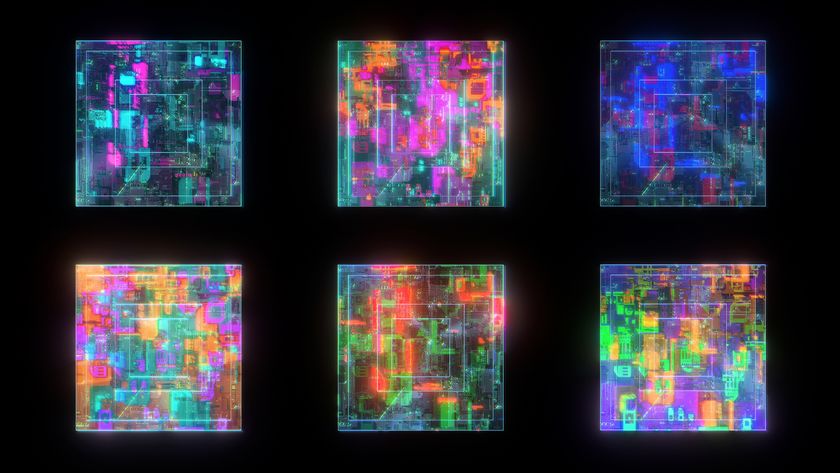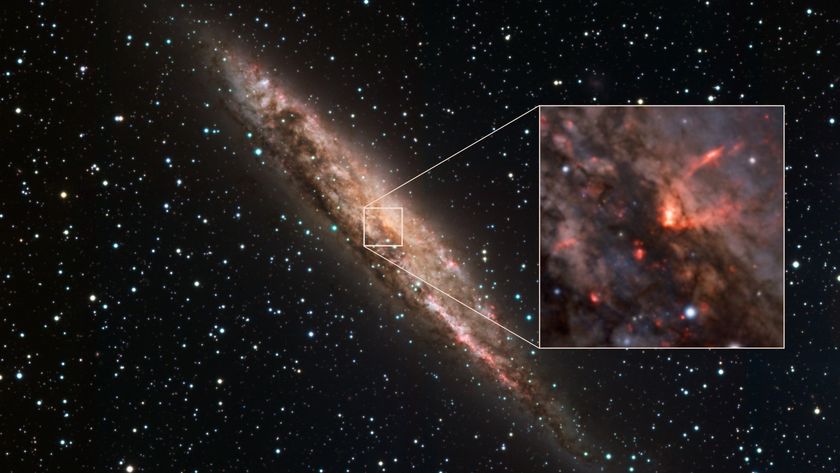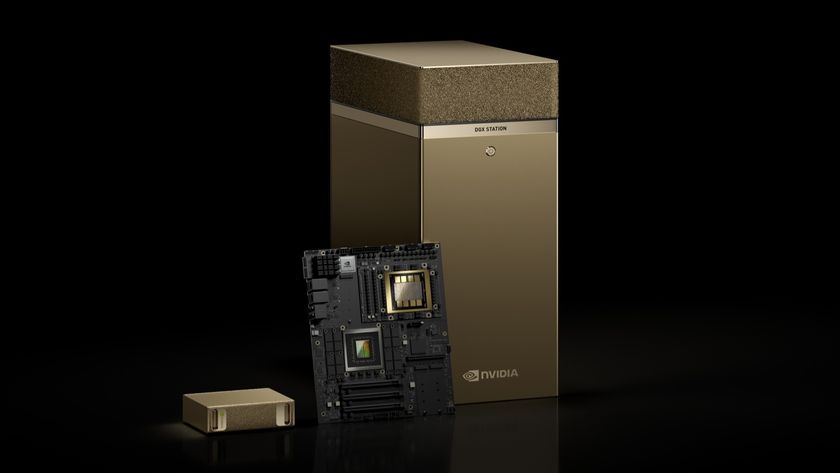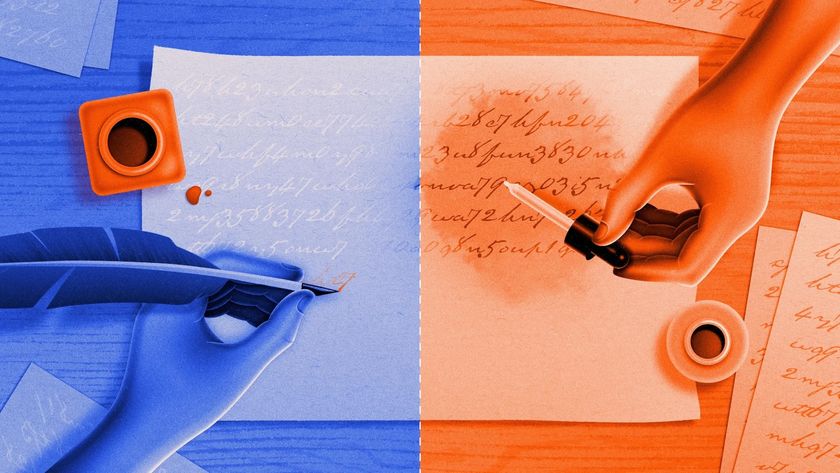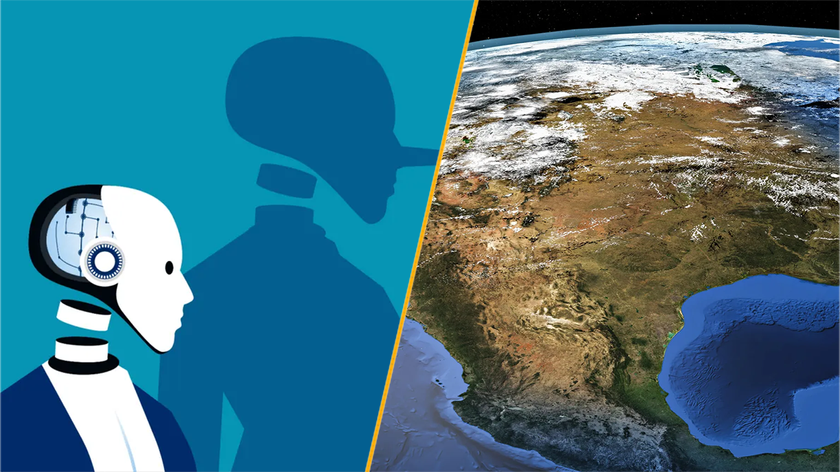Nosy Robots Smell Like Moths

Is it possible for a robot to follow a scent? Massimo Vergassola and his colleagues at the Pasteur Institute in Paris, France think so. They have derived a new algorithm using a method they call "infotaxis" that is similar to the strategy employed by moths.
The simplest approach to locating the source of an odor is chemotaxis—moving in the direction of higher concentration. This doesn't work for large animals in turbulent air flows; the odor plume is not smoothly consistent from low concentration to higher concentration. A more sophisticated method is needed.
Moths employ two distinct methods; "zigzagging" upwind when they have the scent, then "casting," which is moving crosswind to try to relocate the interrupted scent trail. A moth can smell a mate 7 miles way.
Robots could do the same thing, now that the math has been worked out.
Science fiction writers have long thought about robots with a sense of smell. In his classic 1953 novel Fahrenheit 451, author Ray Bradbury created the chilling mechanical hound that guarded the firestation:
The mechanical Hound slept but did not sleep, lived but did not live in its gently humming, gently vibrating, softly illuminated kennel... Nights when things got dull, which was every night, the men slid down the brass poles, and set the ticking combinations of the olfactory system of the hound and let loose rats in the fire house areaway. Three seconds later the game was done... (Read more about Ray Bradbury's mechanical hound)
Another attempt to visualize sniffer robots and assign them a practical task is found in the 1985 movie Runaway by Michael Crichton (which has a surprising number of cool robotic ideas). In the film, detectives use a four-legged sniffer robot to find and identify trace compounds at a crime scene (see Crichton's sniffer robot from Runaway).
Robots are already in the testing stage who are able to detect odors and perform relevant actions. The RI-MAN healthcare robot from Japan has a smell-discernment capability, used to detect an incontinent patient. Other research includes the SPOT-NOSED nanobiosensors under development in the European Union, also for use in healthcare.
Sign up for the Live Science daily newsletter now
Get the world’s most fascinating discoveries delivered straight to your inbox.
Read more about sniffer robot software; download this earlier paper on Olfactory search.
(This Science Fiction in the News story used with permission from Technovelgy.com—where science meets fiction.)
- Amazing Animal Abilities
- Robots of the Future: Soft and Flexible
- All About Robots


